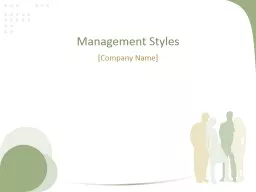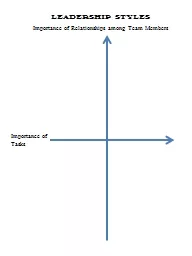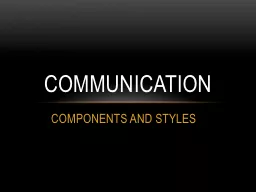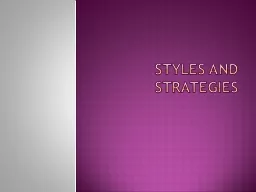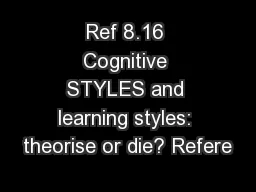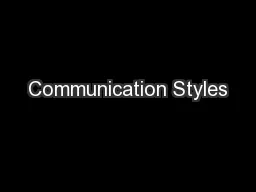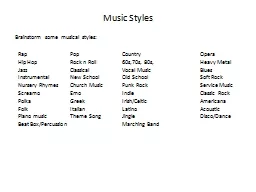PPT-Management Styles
Author : debby-jeon | Published Date : 2017-09-24
Company Name Task faced by managers is how best to achieve the objectives Task can be accomplished only by working with and through other people so managers must
Presentation Embed Code
Download Presentation
Download Presentation The PPT/PDF document "Management Styles" is the property of its rightful owner. Permission is granted to download and print the materials on this website for personal, non-commercial use only, and to display it on your personal computer provided you do not modify the materials and that you retain all copyright notices contained in the materials. By downloading content from our website, you accept the terms of this agreement.
Management Styles: Transcript
Download Rules Of Document
"Management Styles"The content belongs to its owner. You may download and print it for personal use, without modification, and keep all copyright notices. By downloading, you agree to these terms.
Related Documents

